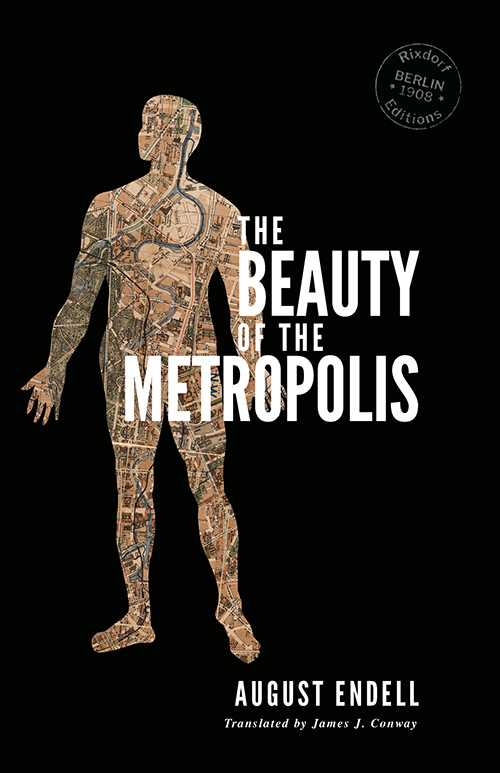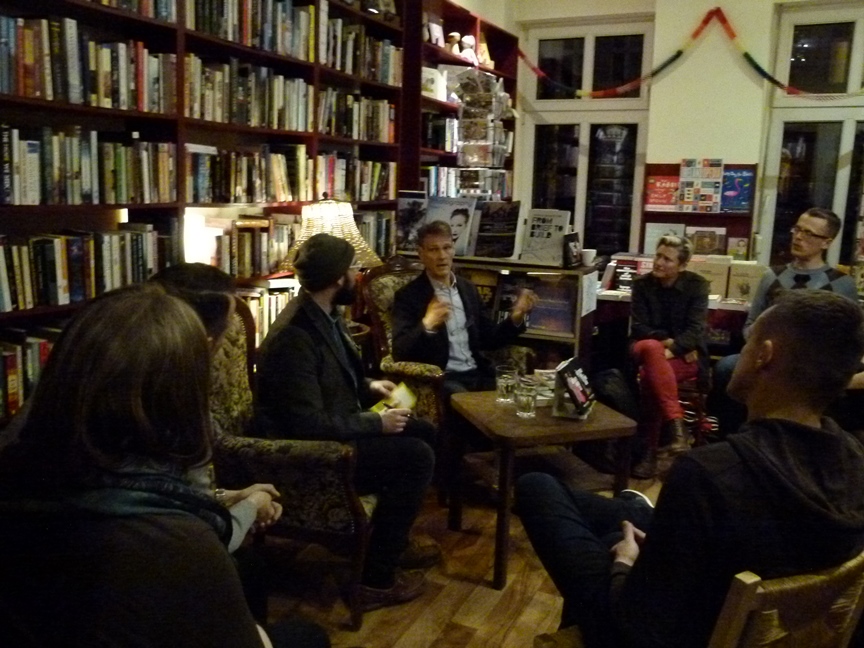As well as using old postcards in our artwork, we have recently started using postcards to make... postcards. Specifically, a series of art cards offering variations on original motifs of German postcards from around the beginning of the 20th century.
Why?
Well, one of our central aims with the whole Rixdorf Editions project is to introduce a combination of time and place largely unfamiliar in the English speaking world (Wilhelmine Germany) and show how it was actually a crucible for progressive thought that exerted an unacknowledged influence on later eras from the Weimar Republic to the present day.
Taking original imagery from the time and cropping, blowing up and amplifying the colour symbolises this process by liberating the latent Modernism of the age. There are the dots seen in close up which foretell everything from Pointillism to Pop Art. There are the mismatched colour registrations and their evocative suggestion of new and dynamic graphic realms. And even when (actually especially when) catering to mass market tastes, there are surreal juxtapositions of imagery.
The first series of eight cards is called 'Landscape', referring to both the format and the subject matter, with the source material depicting scenic splendour throughout Germany from Heligoland to the Bavarian Alps. Some of the original cards were photographs, some illustrations, some a strange amalgam of the two.
Anyway, it's just an experiment for now. We'll be including a selection of postcards with each online order until we run out.



























